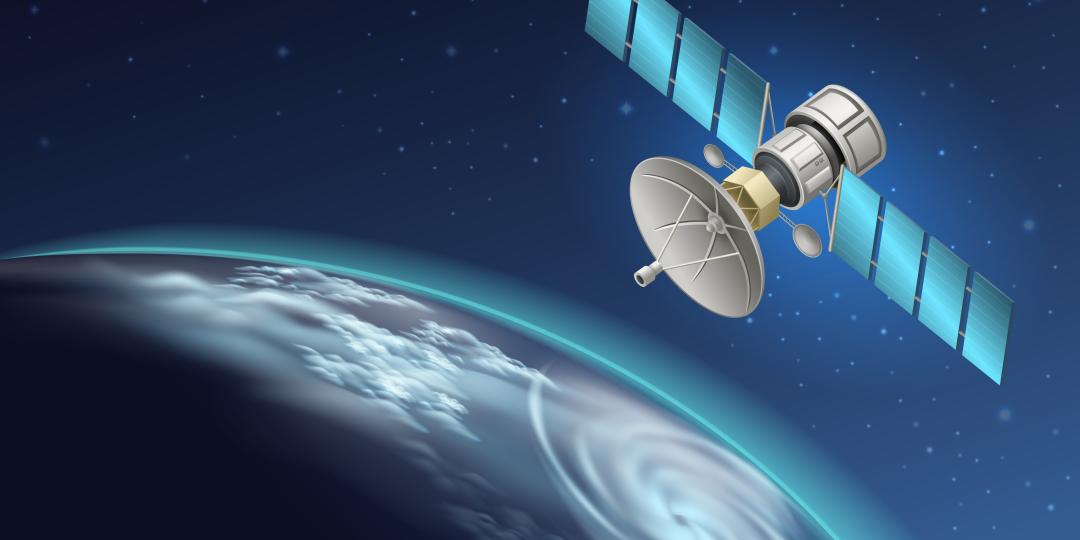At one time, not so many years ago, satellites became the answer to the congested radio channels that connected South Africa with Europe and the rest of the world.
Satellite signals were not dependent on the vagaries of ionospheric propagation and offered 24-hour service with many more channels. They facilitated international dialling, replacing booking and queuing for an international call. In the radio days delays were often measured in days, and now it is just the push of a few buttons.
The one drawback with satellites is latency. Delays were an irritation with people talking over each other. It was something to get used to. To a large extent technology improved the latency problem.
In the first era the international satellite service was provided by geostationary satellites (GEO). GEO’s have a circular orbit at a constant altitude of 35 786 km above the equator. GEO satellites match the earth’s rotation of 24 hours, so they remain above the same point on earth. These satellites have higher latency than their medium earth orbit (MEO) and low earth orbit (LEO) counterparts, and because of the earth’s curvature, they cannot provide complete coverage at the poles. Typically, coverage is not available plus or minus 70 degrees of latitude from the equator. Because of their distance from the earth, as few as three satellites can be used to provide full coverage.
When undersea cables were introduced the latency issue was largely resolved. And the notion that fibre cable was more effective and safer became the everyday talking point pushing satellites into the back ground.
That notion is now a debatable point with four undersea cables connecting South Africa with the world down for the second time in one year. Read the full article in the 26 March edition of EngineerIT.














